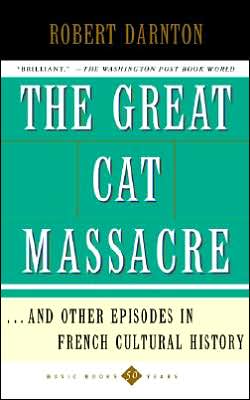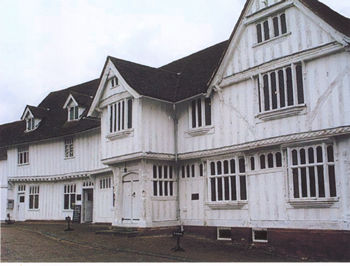It's funny, twenty-some posts in and I still haven't defined my terms. Bad Ben. Bad scientist. I'll get the big annoyance out of the way first. To my mind, Science Fiction and Fantasy are the
same thing with different settings. In a number of series, they have
even been combined in a post-apocalyptic manner (thinking Terry Brooks' Shannara series here). The goal is not to sub-divide, but to illustrate the definitive elements of the genre. Well, here we go. Please let me know if you agree, disagree or have additions.
My definition of Fantasy is rather broad. It encompasses many genres currently split off in your local bookstore for ease of marketing. Fantasy stories take place in a world that is not our own. Simple idea, isn't it? What makes a story a Fantasy story are the elements of difference.
Fantasy stories have a long and illustrious history. Included in the rolls would be one of the earliest surviving works of literature,
The Epic of Gilgamesh, as well as all of what we now refer to as "myths."
Beowulf includes a variety of fantastic beasts as well as a hero who can pull limbs off of said beasts with his bare hands. Fairy tales are also works of Fantasy, since they include talking wolves, ogres, and a goose which lays golden eggs. Traditional Fantasy tales were often set in the modern day and were used to illustrate various life lessons or human foibles. All of these stories contain characters whose abilities are beyond human capacity.
This trend of using the fantastic in literature continued throughout history and are clearly illustrated in the time of Shakespeare.
A Midsummer Night's Dream is doubtless a work of fantasy, while Macbeth straddles the line. I would argue that
Hamlet is not fantasy, even though it features a ghost, but could be staged as such dependent on the director's preference. The master uses Fantasy in many of his works to create a desired effect. What would
Romeo and Juliette be without the poison,
"And in this borrow'd likeness of shrunk death
Thou shalt continue two and forty hours,
And then awake as from a pleasant sleep." (Act 4 Scene 1)? Indeed, he never let a few facts get in the way of a good story (as they say), something that would get him ridden out of town on a rail in the modern day (well, maybe using a different method, but you get the picture).
For most of my youth, the genre of Fantasy was largely restricted to worlds following Tolkien's pattern. This meant worlds stuck in the pre-industrial age. Sword & Sorcery is a term often used to lump a mass of fiction together safely to discard as a whole. This label is fitted to Robert E. Howard, Fritz Lieber, Michael Moorcock and many others. Many of the series I grew up with (Dragonlance of various trilogies; The Riftwar Saga; Mithgar; Memory, Sorrow and Thorne; and so on) tread more on the Epic Fantasy ground while still being constrained by the setting. Still today, Fantasy is often defined within these terms.
Modern Fantasy has returned fairly recently to using present day settings. Most commonly found under the sub-genre of Urban Fantasy, these stories take place in the modern world, but also feature magic (like in Butcher's Dresden series) or fantastic creatures ((werewolves, vampires, zombies, etc) I don't really need to give examples of these, do I?). Others tend to have lonely children wandering off into the woods to rediscover forgotten or hidden magics (like Charles de Lint's
A Circle of Cats). Prior to that, from my reading, Roger Zelazney's Chronicles of Amber fit the definition admirably.
One area of fantasy that has continued to use the modern setting is commonly classified as Horror. Bookstores often have difficulty shelving works that fall under this description for a variety of reasons (most commonly associated with sales), but these titles often straddle the line between standard Fiction and Fantasy. Simply put, supernatural stories fit with Fantasy and horrific stories of natural creatures fit with Fiction. The trick often seems to be that it is left to the reader to determine which is which. These stories always make me smile.
The red-headed step-child of our long reviled (by "serious" writers) genre is Comic Books. The merits of any given series can be debated, just as can any individual work of fiction. The form itself is a collaboration beyond what many writers are comfortable with. The basic point is that many titles, by diverging from the bounds of reality, fit under our broad umbrella and utilize the same tools as traditional Fantasy. This incredible melding of words and images should be embraced more widely within the genre.
This leads nicely to the question, "Why write in the Fantasy genre?" The beauty of Fantasy lies in the suspension of disbelief. When an audience encounters a story based in reality, they bring all of their expectations with them. Every belief, understanding, and stereotype is imposed upon any story presented as Fiction, just as if the reader were watching the news. If a character acts other than as they believe possible, they are immediately taken out of the story and the spell is broken. When someone encounters a tale with a fantastic element, they relax limits normally placed on the characters and allow the storyteller to continue. This gives the author the latitude to explore issues that are controversial and sometimes even repugnant to the audience in a normal setting. This is the magic of Fantasy.
Now you may ask, "Ben, if this is the beauty of Fantasy, why is your blog all about creating reality?" When creating a fantasy world, the contract with the audience is a tenuous one. The reality we use in our worlds creates an anchor for our readers to trust. As long as it holds firm, they will follow where the story leads. If the anchor drifts, or the chain snaps, then the reader loses faith and the story is simply lost.
 A cooper is a craftsman who works with wooden staved vessels, including:
casks, barrels, buckets, pipes, butter churns, tubs, butts, etc; bound
together with hoops of wood or metal. Fully closed barrels are known as far back as the Iron Age (800-900 BCE). Today the tradition is carried on
primarily in service to the wine or spirit making industries.
Traditionally the skills and tools of the cooper were handed down for
generations. The skills of the cooper were prized in every medieval community.
A cooper is a craftsman who works with wooden staved vessels, including:
casks, barrels, buckets, pipes, butter churns, tubs, butts, etc; bound
together with hoops of wood or metal. Fully closed barrels are known as far back as the Iron Age (800-900 BCE). Today the tradition is carried on
primarily in service to the wine or spirit making industries.
Traditionally the skills and tools of the cooper were handed down for
generations. The skills of the cooper were prized in every medieval community. 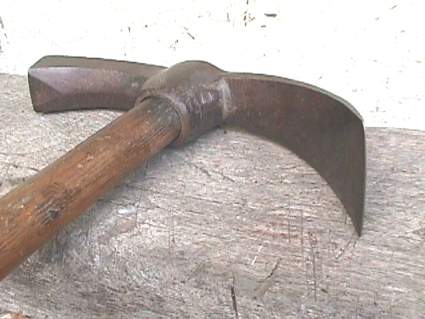 The work of the cooper begins long before the assembly of the vessel. To gather the correct materials for the work, first a tree must be selected to produce the proper staves. Straight unblemished oak trees (for wet or tight work) about five feet in circumference work best. This wood should have no knots The tree is then cut into boards and the boards cut down into staves. These rough staves then need to be dried. Plane the outside of the staves to make them smooth. The ends of the staves need to be tapered to fit and the inside area hollowed out and flattened.
The work of the cooper begins long before the assembly of the vessel. To gather the correct materials for the work, first a tree must be selected to produce the proper staves. Straight unblemished oak trees (for wet or tight work) about five feet in circumference work best. This wood should have no knots The tree is then cut into boards and the boards cut down into staves. These rough staves then need to be dried. Plane the outside of the staves to make them smooth. The ends of the staves need to be tapered to fit and the inside area hollowed out and flattened. 
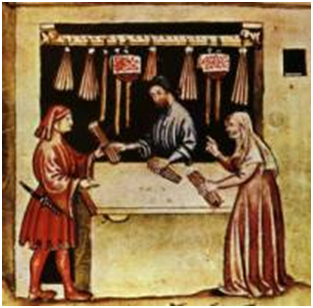



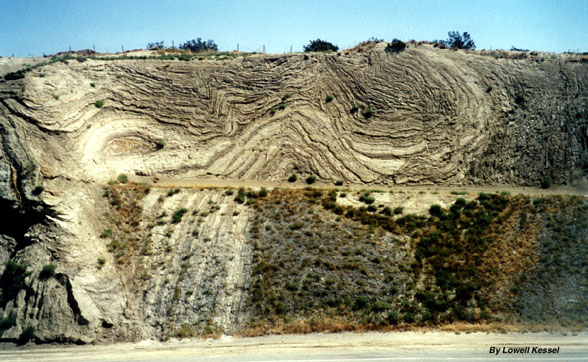 http://strike-slip.geol.ucsb.edu/KESSEL/palmdaleroadcut.html
http://strike-slip.geol.ucsb.edu/KESSEL/palmdaleroadcut.html
